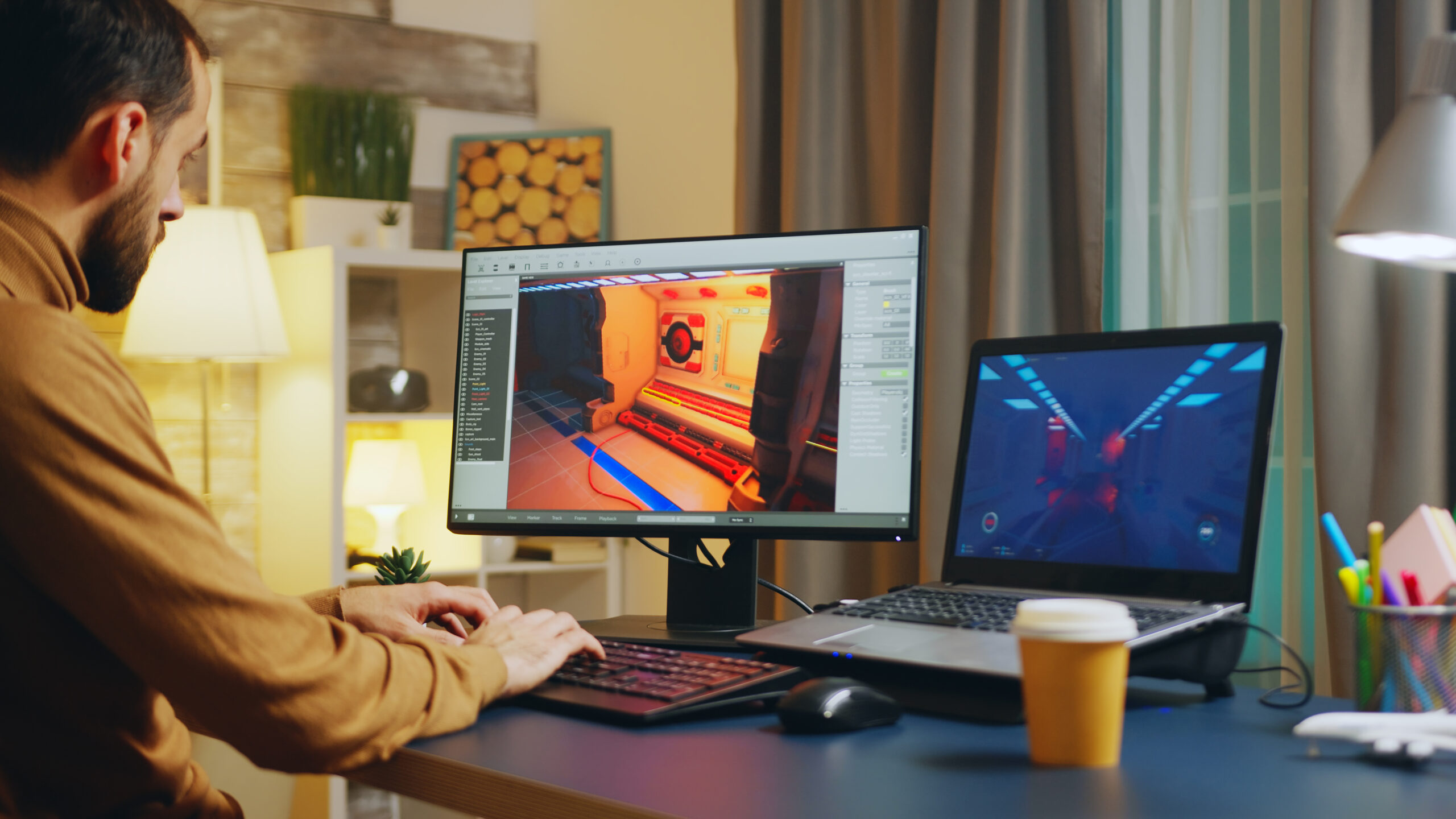The Role Of UX Design in the 3D Game Development Process
The world of 3D game development is constantly evolving, and UX design has become an increasingly important factor in the success of these games.
A well-designed user experience can make all the difference between a game that is engaging and fun, and one that is confusing and unappealing.
In this blog post, we will explore the role of UX design in 3D game development, and how it can be used to ensure that players have the best possible experience.
Without wasting your time, Let’s drive in:
Overview of the Role of UX Design
The role of UX design in 3D game development is an important one as it focuses on creating a game that is enjoyable, engaging, and easy to use.
UX design helps to ensure that players have a positive experience with the game and are able to easily understand and navigate the game’s environment. UX design also helps to create an immersive experience for the player and can ensure that the game mechanics are well-balanced and optimized for maximum enjoyment.
The first step in UX design for 3D game development is to create a prototype of the game.
This helps to identify any potential problems with the game’s design and allows the UX designer to make necessary revisions.
After the prototype is created, UX designers can then create user personas and use these to create user stories. These user stories help to identify what the user will experience when playing the game.
UX design also involves the use of user testing. This allows the designer to receive feedback from players and use this to refine the game’s design.
User testing can help to identify any usability issues and provide insights into how the game can be improved.
Finally, UX designers are also responsible for creating a style guide for the game. The style guide should incorporate the game’s theme, colors, font sizes, and other design elements. This helps to ensure that the game has a consistent look and feel across all platforms.
How UX Design is Beneficial For 3D Game Development
UX (User Experience) design is a critical component in the development of any 3D game. It is the process of designing a game’s user interface and other related aspects in order to create an enjoyable user experience. UX design is beneficial for each 3D game development company in many ways.
First, UX design helps to create an intuitive and user-friendly interface. By using UX design principles, developers can create a game interface that is easy to navigate and understand, reducing the learning curve and making it more accessible to players. Additionally, UX design can also be used to create an immersive game experience by carefully crafting the game’s menus and elements, as well as its visual style. This can help players to become more engaged with the game, which in turn leads to higher levels of engagement and satisfaction.
Second, UX design can also be used to improve the performance of the game. By optimizing the user interface and game elements, developers can create a smoother experience, reducing the risk of lag or other technical issues.
Additionally, UX design can help reduce the time it takes to finish levels and tasks, making the game more efficient and providing an overall better playing experience.
Finally, UX design can also be used to create a more consistent experience across different platforms.
By making sure that the game interface, menus, and other elements are consistent across all platforms, developers can ensure that the game experience is the same no matter what device or platform the player is using. This helps to create a consistent user experience, which can help to increase player retention.
Read More: How Does A Front-end Development Agency Support Your Brand Needs?
Challenges of UX Design
The challenges of UX design in 3D game development can be quite complex. One of the major challenges is creating an intuitive user interface (UI) that allows the player to easily navigate and interact with the game.
This can be a tricky process, as the UI must be adapted to the 3D environment, and must be designed to work with the game’s mechanics.
Another challenge is ensuring that the UI is optimized for the 3D environment and does not create issues with the game’s performance. Additionally, the UI must be designed in a way that allows for easy navigation and access to the game’s features.
Another challenge is ensuring that the UI design is consistent across all platforms, as well as ensuring that the UI is optimized for any new devices that may be used to play the game.
This means that the UI must be able to accommodate a variety of different screen sizes and resolutions, as well as different input methods, such as a keyboard or gamepad.
Additionally, the UI must be designed in a way that allows the player to easily understand how to interact with the game, and how to access its features.
Finally, UX designers must also consider the aesthetic and artistic aspects of the game when designing a UI.
The UI must be designed in a way that enhances the overall experience and makes the game visually appealing. This means that the UI must be designed in a way that fits the game’s aesthetic, and that fits the overall tone and style of the game.
Conclusion
Overall, UX design plays an important role in 3D game development. By optimizing the user experience, UX designers can make games more engaging and attractive to players.
By providing an intuitive and user-friendly interface and designing the game around the user’s needs and preferences, UX designers can create a game that is enjoyable and successful. By understanding the user’s needs and preferences, UX designers can create a 3D game that is both enjoyable and successful.











